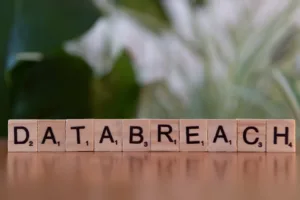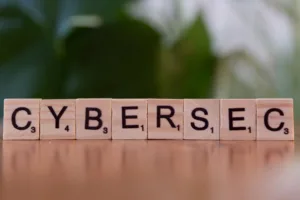
Trojan.MSIL.SUPERNOVA.A represents a significant Windows-based threat with high damage potential despite its currently limited distribution. First identified in December 2020, this malware typically arrives either as a secondary payload from existing infections or through drive-by downloads from compromised websites. Security teams should prioritize understanding its capabilities given its remote command execution functionality that enables full system compromise.
Technical Analysis of Infection Vectors
The Trojan employs two primary infection methods according to Trend Micro research. First, it spreads as a secondary payload from established malware infections. Second, it propagates through user-initiated downloads from malicious websites. The malware frequently disguises itself as legitimate files, often mimicking SolarWinds components, to evade initial detection.
Execution begins when the Trojan establishes persistence mechanisms and initiates communication with command-and-control servers. Analysis of the malware’s network traffic reveals it uses standard web protocols (HTTP/HTTPS) for stealthy communication, blending with normal web traffic to avoid detection.
Capabilities and Attack Techniques
MITRE ATT&CK mapping shows SUPERNOVA employs several advanced techniques documented in their technique matrix. The malware’s most dangerous feature is its dynamic code compilation capability, allowing attackers to modify behavior in real-time based on the target environment. This occurs through .NET’s CSharpCodeProvider functionality, enabling in-memory execution without file system artifacts.
The Trojan demonstrates sophisticated living-off-the-land techniques by leveraging legitimate system features for malicious purposes. Security researchers at SentinelOne have identified its web shell functionality as particularly concerning, as it operates entirely in memory while maintaining persistent access to compromised systems.
Detection and Mitigation Strategies
Security teams should implement multiple layers of defense against SUPERNOVA. Critical detection indicators include specific file hashes (SHA256: c15abaf51e78ca56c0376522d699c978217bf041a3bd3c71d09193efa5717c71) and network patterns associated with its C2 communication. The CISA advisory recommends strict application control policies to prevent execution of unknown .NET assemblies.
Effective mitigation requires a combination of technical controls and monitoring. Organizations should prioritize patching systems against CVE-2020-10148 (SolarWinds Orion API vulnerability) and implement memory protection measures. Network monitoring solutions should be configured to detect unusual HTTP requests that may indicate C2 communication attempts.
Security Implications and Recommendations
SUPERNOVA demonstrates the evolving sophistication of modern malware threats. Its ability to dynamically adapt to target environments makes static detection methods less effective. Security teams should focus on behavior-based detection and restrict unnecessary .NET framework capabilities in production environments.
While initial associations linked SUPERNOVA to the SolarWinds incident, subsequent analysis by Fraunhofer FKIE suggests these connections were coincidental. However, the malware’s techniques align with advanced persistent threat methodologies, warranting continued vigilance from enterprise security teams.
Organizations should implement the principle of least privilege for user accounts and maintain comprehensive logging of .NET assembly execution. Regular audits of system files, particularly in SolarWinds installations, can help identify potential compromises early in the attack chain.






